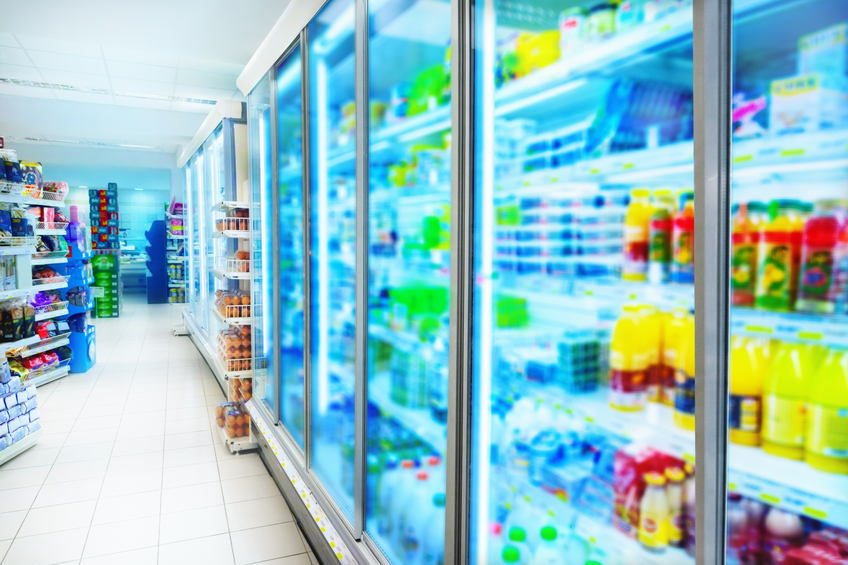Do you use refrigerants in your day-to-day facility operations? If so, you may be a target of the U.S. Environmental Protection Agency’s (EPA) focus on reducing the risks associated with climate change. One initiative aims to reduce the emissions of what the Agency considers harmful refrigerants. How can you reduce your compliance exposure when it comes to refrigerant leaks? Let’s take a look at how your local supermarket may be handling this issue. Maybe some of the ideas can work for you.
 |
According to the EPA, many of the refrigerants used by supermarkets are hydrofluorocarbons (HFCs), a class of potent greenhouse gases (GHGs) that the Agency claims contribute to climate change when leaked into the atmosphere. Through a program called GreenChill, the EPA partners with supermarkets nationwide to reduce refrigerant emissions.
Advanced Refrigeration Systems
According to the EPA, most supermarkets use a centralized system to chill their products. These systems are charged with 3000–4000 pounds of refrigerants that are usually HFCs or hydrochlorofluorocarbons (HFCFs), which are also considered potent GHGs. In addition, these centralized systems tend to leak more than 20% of their charge annually. There are, however, other advanced refrigeration systems that can help reduce the charge needed and the emissions leaked. These systems include:
- Distributed systems use multiple smaller units located closer to the display cases. The close proximity of the compressors to the cases and coolers allows the system to use considerably less piping and additionally use a smaller refrigerant charge than traditional centralized systems. This reduction in charge often results in a decrease in total refrigerant emissions.
- Secondary loop systems use a much smaller refrigerant charge than centralized systems and therefore have significantly decreased total refrigerant emissions. In secondary loop systems, two liquids are used: a primary refrigerant and a secondary fluid. The secondary fluid is cooled by the primary refrigerant in the machine room and is then pumped throughout the store to remove heat from the display equipment.
- Cascade systems consist of two independent refrigeration systems that share a common cascade heat exchanger. Each system of a cascade system uses a different refrigerant that is most suitable for the given temperature range. High temperature system uses high boiling point refrigerants, whereas low temperature systems use low boiling refrigerants. The advantages of a cascade system include a reduction in the refrigerant charge and a reduced carbon footprint.
Low-GWP Refrigerants
Under the Significant New Alternatives Program (SNAP), the EPA has identified less harmful refrigerant substitutes for a number of industrial sectors, including supermarket systems. Many refrigerants have been identified as having a high global warming potential (GWP). Another approach to reducing the climate impacts of refrigerant emissions is to use refrigerants that the EPA has identified as having a lower GWP. These include refrigerants such as carbon dioxide (CO2), ammonia, hydrocarbons, and hydrofluoro-olefins (HFOs).
Note: Just because a refrigerant can be used as a substitute under the SNAP program does not mean that it is not regulated at all. For example, we have heard a lot lately about problems with ammonia releases. Ammonia can be used as a substitute in commercial or industrial process refrigeration or in absorption units. However, anhydrous ammonia is regulated by both the U.S. Occupational Safety and Health Administration (OSHA) and the EPA with an emphasis on preventing releases.
Tune in to tomorrow’s Advisor for tips on how supermarkets are reducing the potential for refrigerant leaks.
